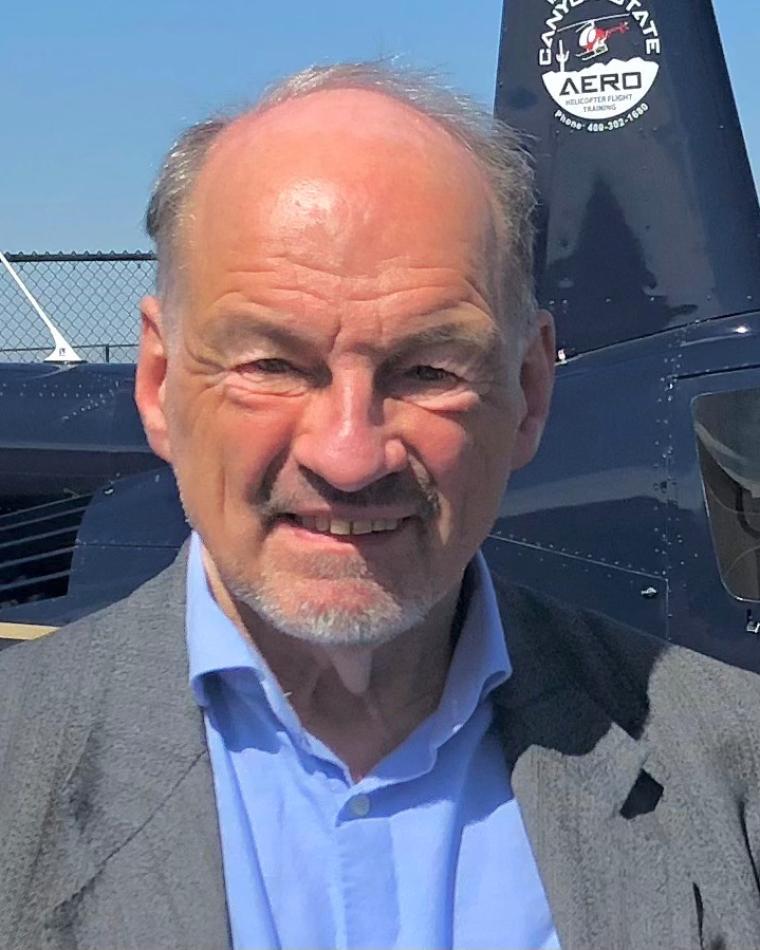
Hans Olov Hellsten
Hans Olov Hellsten
Contact Menu
Education: Ph D in theoretical physics
Positions held: Director of Research at Swedish Defense Research Establishment FOI, Senior Radar expert at Ericsson, later Saab Surveillance. Adjunct Professor at Halmstad University.
I am the originator of the ultrawideband low VHF SAR development carried out in Sweden, being the lead designer of the CARABAS I and II systems at FOI and later the helicopter based CARABAS III system at Ericsson/Saab. The work started in 1985 and has continued up to the present. Many of the developments are original and resulted in patents, with me as sole inventor or in conjunction with others.
Early work addressed basic low frequency wide band SAR design, e.g. waveforms
(early introducing stepped frequency) and diffraction limited SAR processing (the break through on this subject was done in parallel but independently of Rocca). Furthermore the challenge of mounting low VHF broad band antennas with one-sided directivity was successfully solved.
The CARABAS I – III systems have all been used in extensive data collection campaigns covering environments from tropical jungle (Panama) to arctic conditions (sea ice). A continuous effort during these has been to make test results understandable from scattering physics. The analysis implied significant design improvements, eventually allowing advanced applications like mine and buried target detection.
A crucial task has been to establish optimal frequency bands. If man-made targets are required to be discriminated when obscured by vegetation, the question arises as to best frequency bands and polarizations for this task. The theoretical modelling approach has largely been that of semi analytical Mie theory combined with Matlab modelling. Result largely compliant with experimental result have been arrived at.
During the nineties and early two-thousands the CARABAS program was funded by the Swedish Defense with the objective of developing a fopen capability. Actual productification was to be carried out by Ericsson/Saab and I shifted to industry around 2000 to lead the development. However, the plans were halted by the dramatic defense budget cuts occurring in Sweden around 2005. The Ericsson CARABAS development transitioned to Saab, who provided funds for continued development. The miniaturized CARABAS III system suited for drone applications was produced. The development was technically a success, but marketing never went to system sales. Clearly, marketing would have benefitted from a smaller and more focused company.
Not to lay at vaste the systematic development of system analysis and phenomenology carried out I documented these efforts in the monograph “Meter Wave Synthetic Aperture Radar for Concealed Object Detection”, Artech House 2017. Early 2022 Saab decided to discontinue offering CARABAS technology within their product family, while I retired from my Saab position. The knowledge gained from the CARABAS development, being well documented in my book, it seems in the best interest of all that I now offer it to a wider audience. Hence this present idea of becoming a Distinguished IEEE Lecturer with the intent of sharing the book content in course form.
Since 2017 I work at Halmstad University developing new concepts for millimeter wave radar networks.
- 2023-2024 Distinguished Lecturer
-
LecturePresenter
-
LecturePresenter
-
LecturePresenterDateSeriesVirtual DL: 2023 SeriesVirtual Distinguished Lecturer Series
